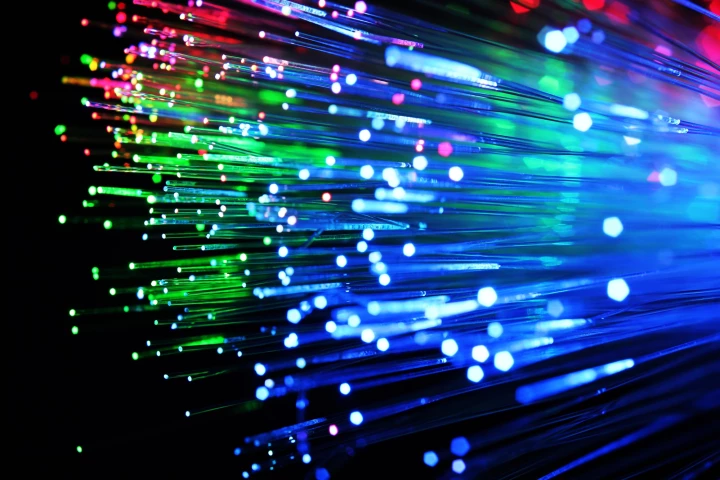Fermilab
-
Wormholes are a sci-fi staple, and and it's possible that they exist in the real universe. But how would they work? Physicists have now used a quantum processor to simulate a traversable wormhole, teleporting information between two quantum systems.
-
A collaboration of physicists has made the most precise measurement of the mass of the W boson. The new measurement of this key particle differs drastically from the Standard Model's predictions– and it may unravel physics as we know it.
-
Fermilab physicists have developed a next-generation magnet that can generate a magnetic field with great efficiency, and used it to demonstrate what they describe as the world’s fastest ramping rates for particle accelerator magnets.
-
Dark matter makes up the majority of matter in the universe, but it’s strangely shy about making its presence known. Now physicists have designed a new test to search for signs of two candidate particles, using the quirky world of quantum technology.
-
A quantum internet would be much faster and more secure than the regular web – and now it may be one step closer to reality. Scientists have used quantum teleportation to send information over long distances, with a higher fidelity than ever before.
-
An extensive search for a hypothetical particle has turned up empty. The sterile neutrino is a proposed subatomic particle that could even be a candidate for the mysterious dark matter, but two new experiments have all but ruled it out.
-
The US Department of Energy (DOE) has announced and detailed a blueprint for a national quantum internet that would be super-fast and nigh on unhackable. The document describes four priority research areas, and five major milestones on the path.
-
Using high-powered laser interferometers to determine if space-time is a quantum system made up of countless tiny bits of information, Fermilab scientists are conducting an experiment to see if the universe is "real" or a holographic 3-D illusion.
-
In the wake of the shutdown in 2011 of the US Department of Energy's Tevatron, the remaining accelerators at the at the Fermi National Accelerator Laboratory have been reconfigured to drive a world-class neutron beam.








